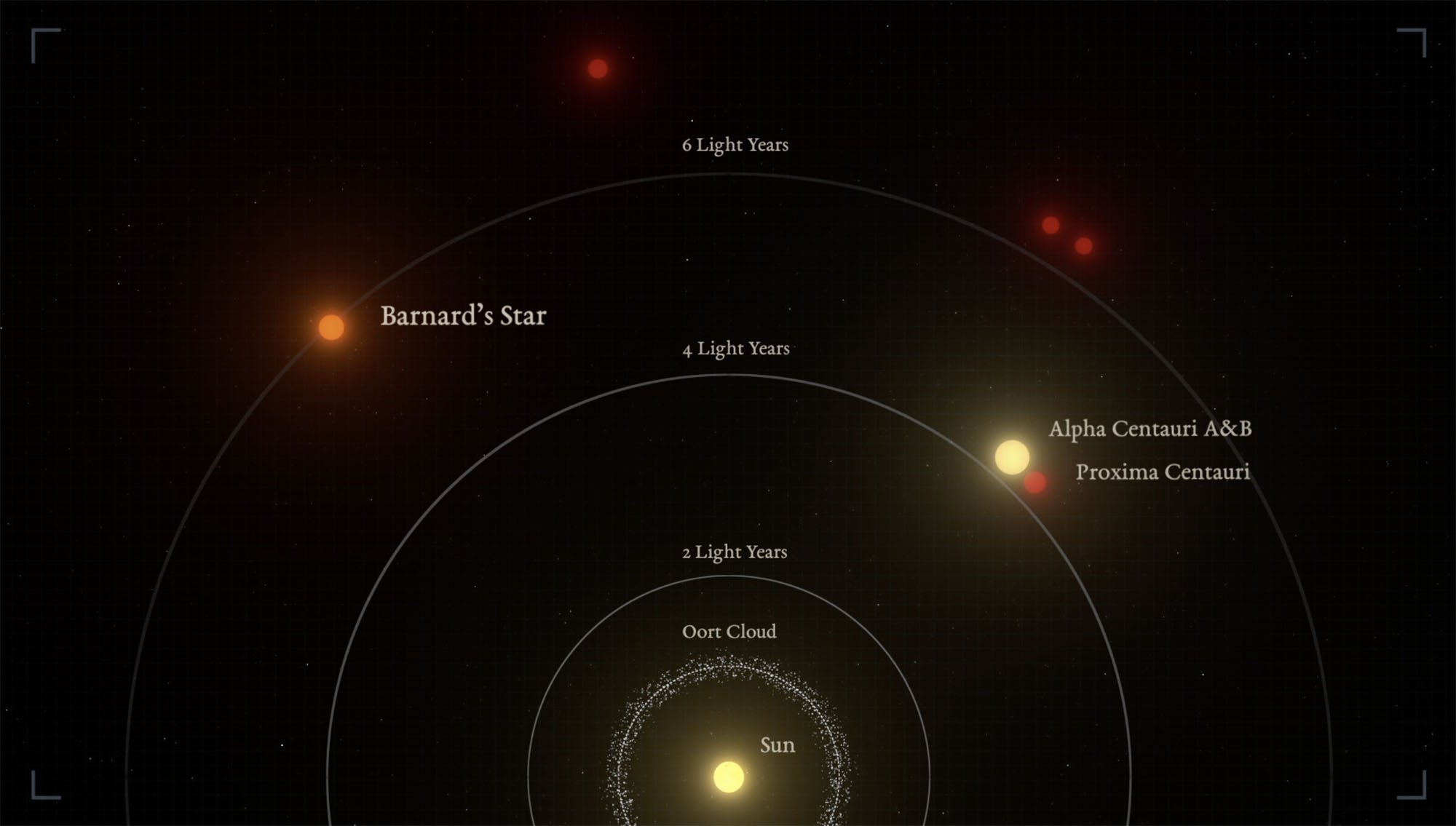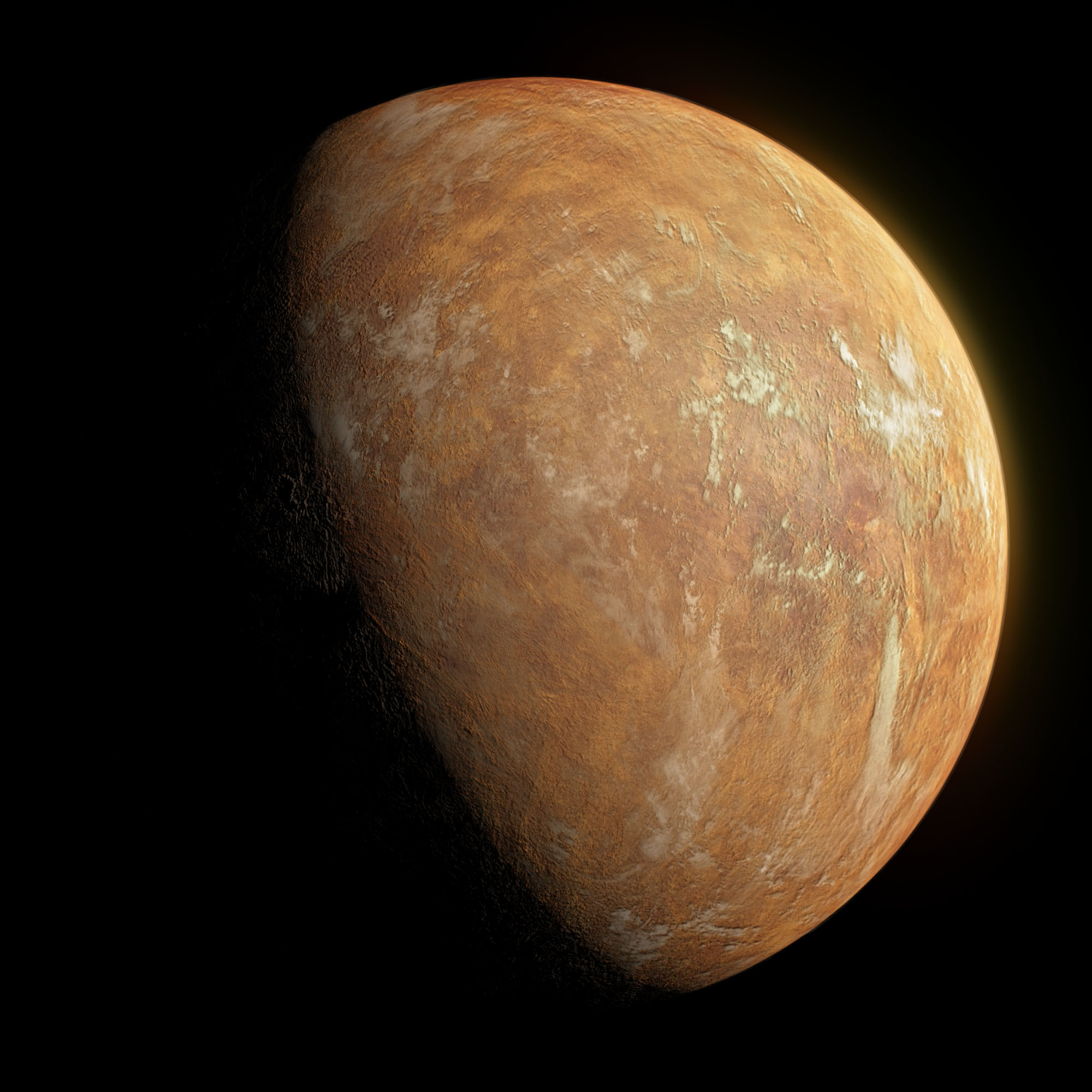Right in the neighborhood: a super-Earth orbiting Barnard’s Star
The closest individual star to the Sun is apparently orbited by a rocky planet. This was discovered by astronomers using the radial velocity method. This method is based on the fact that stars and planets affect each other. With each revolution of a planet around its host star, the star will also move a little, toward and away from the Earth. This produces a red-shift or blue-shift in the star’s light and this shift can be measured.
However, the effect is very small, so very precise observations are needed over a very long time period. In the case of Barnard’s Star, the discovery published in Nature is based on data that was collected over twenty-year time period using seven different instruments. This data indicates that there must be a planet orbiting the red dwarf and it must have a mass at least 3.2 times the mass of the Earth. Its orbital period is 233 days. That corresponds approximately to the orbital period of Venus.
However, the as yet unnamed planet receives significantly less energy from its host star than it would from our Sun. The planet receives only one-fiftieth of the energy that the Earth receives from the Sun. Scientists estimate that temperatures on its surface could be down to -170 degrees Celsius. Thus, what makes the planet interesting is not that it might have inhabitants, instead, it is interesting because it is located close to the ice line of its system – the boundary at which water freezes out of the protoplanetary cloud and can contribute to the formation of planets. This means planets should form and grow most quickly and largest just beyond the ice line.
Thus, this planet supplies interesting data for theories of planet formation, especially because, at a distance of six light-years, it is also very close to Earth. Only the triple star system of Alpha (binary star) and Proxima Centauri is closer. The next generation of Earth-bound telescopes, which will go into operation in the 2020s, should therefore be able to detect the planet directly and should make it possible to take a look at its atmosphere.
The red dwarf that the planet is orbiting is also sometimes called Barnard’s Runaway Star due to its fast proper motion. It is currently moving toward our Solar System; in the year 11,800 it will make its closest approach to the Sun at a distance of about 3.8 light-years. Earlier, it was thought that it was orbited by one or two Jupiter-sized planets (this was used as a plot point in the sci-fi television series Space:1999), but these measurements turned out to have been faulty due to errors introduced by adjustments and modifications to the telescope’s lens.


